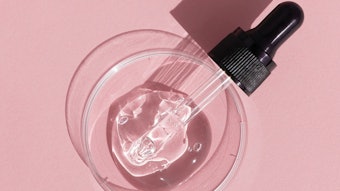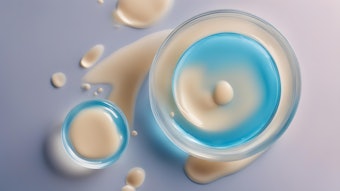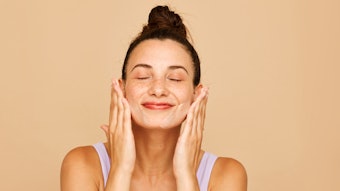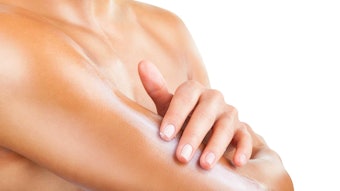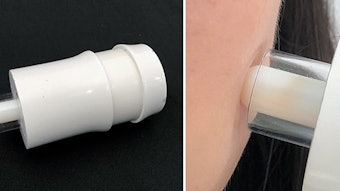View the complete open access article in the August 2011 digital magazine.
The term c onditioning is used by consumers rather than scientists, and consequently there is danger in trying to technically define the term. It seems logical, however, to presume that a perceived improvement in hair condition is somehow involved. Accordingly, the ability to mask a rough and degrading surface structure can be perceived as a significant improvement in the condition of hair.
As such, surface lubrication represents the primary function of conditioning products, with improved manageability through easier detangling and grooming becoming an additional benefit. Traditional rinse-off conditioner products accomplish this task by depositing a lamellar liquid crystalline structure of water, quaternary amine surfactants and fatty alcohol co-surfactants onto the hair surface. The lubricating performance may be further supplemented by including silicones, which also help mediate a potentially waxy dry-state feel. The deposition of silicones from a shampoo base is the mechanism supporting 2-in-1 shampoo plus conditioner products; however, certain quaternary amine functionalized polymers may also provide lubrication and/or facilitate silicone deposition.
It is helpful to have technical measurements of product performance that provide guidance to the formulation chemist, while also potentially being useful in product marketing. Of course, these instrument-based evaluations contain no information about the aesthetics of formulations, which are considered to be at least equal in consumer importance. Consequently, lubrication at the expense of a particularly greasy, oily or slimy feel would clearly lead to an unacceptable formula.
Continue to the August 2011 digital magazine...


